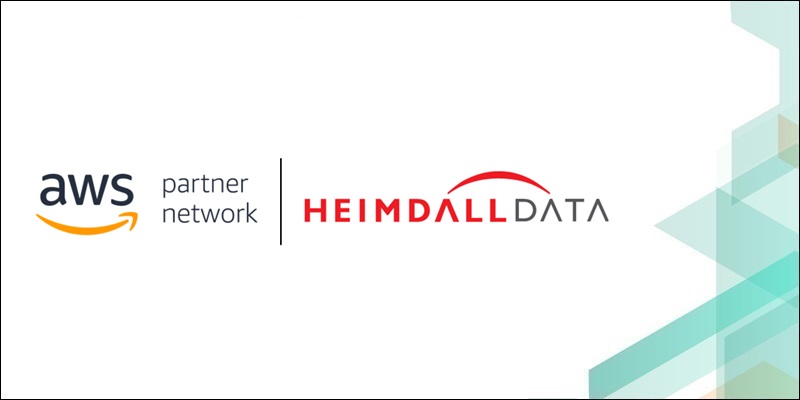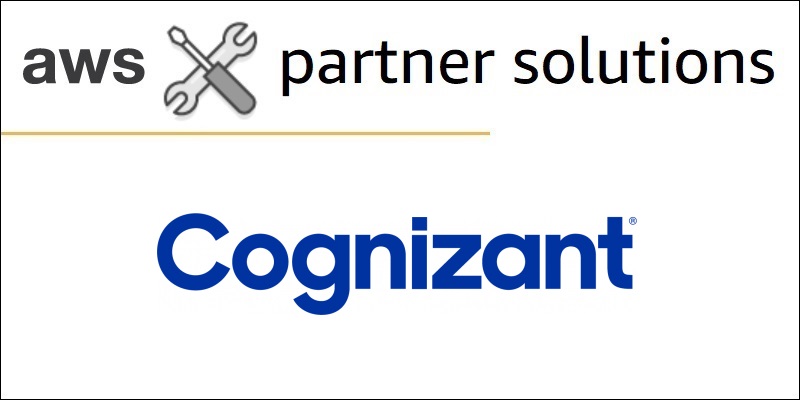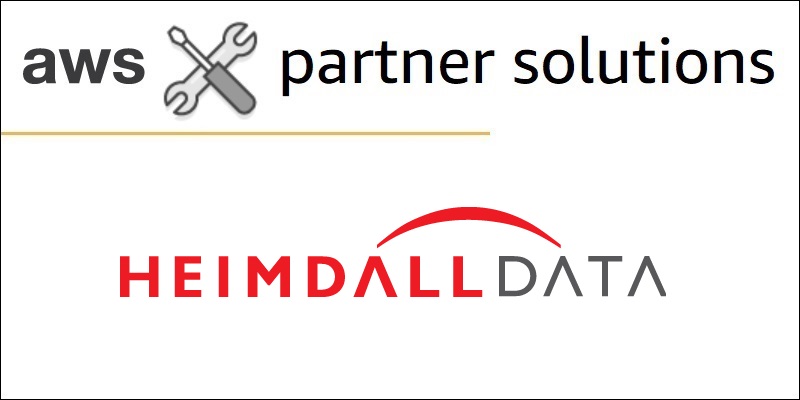AWS Partner Network (APN) Blog
Tag: Data Warehouse
Accelerate Data Warehousing by Streaming Data with Confluent Cloud into Amazon Redshift
Built as a cloud-native service, Confluent Cloud offers developers a serverless experience with elastic scaling and pricing that charges only for what they stream. Confluent’s Kafka Connect Amazon Redshift Sink Connector exports Avro, JSON Schema, or Protobuf data from Apache Kafka topics to Amazon Redshift. The connector polls data from Kafka and writes this data to an Amazon Redshift database. Polling data is based on subscribed topics.
Best Practices from Onica for Optimizing Query Performance on Amazon Redshift
Effective and economical use of data is critical to your success. As data volumes increase exponentially, managing and extracting value from data becomes increasingly difficult. By adopting best practices that Onica has developed over years of using Amazon Redshift, you can improve the performance of your AWS data warehouse implementation. Onica has completed multiple projects ranging from assessing the current state of an Amazon Redshift cluster to helping tune, optimize, and deploy new clusters.
Enabling Customer Attribution Models on AWS with Automated Data Integration
Attribution models allow companies to guide marketing, sales, and support efforts using data, and then custom tailor every customer’s experience for maximum effect. Combined together, cloud-based data pipeline tools like Fivetran and data warehouses like Amazon Redshift form the infrastructure for integrating and centralizing data from across a company’s operations and activities, enabling business intelligence and analytics activities.
How to Create a Continually Refreshed Amazon S3 Data Lake in Just One Day
Data management architectures have evolved drastically from the traditional data warehousing model, to today’s more flexible systems that use pay-as-you-go cloud computing models for big data workloads. Learn how AWS services like Amazon EMR can be used with Bryte Systems to deploy an Amazon S3 data lake in one day. We’ll also detail how AWS and the BryteFlow solution can automate modern data architecture to significantly accelerate delivery and business insights at scale.
Driving Hybrid Cloud Analytics with Amazon Redshift and Denodo Data Virtualization
A data integration architecture that can virtually connect multiple data platforms provides business users with immediate access to data, with far less IT friction than traditional methods, so you can make faster, more data-driven decisions. The Denodo Platform for AWS can aid organizations in managing their data by providing an alternative data integration method. With Denodo, data is presented in real-time and without the need to replicate data to a new consolidated repository.
Building Serverless Data Pipelines on Amazon Redshift By Writing SQL with Datacoral
Amazon Redshift is a powerful yet affordable data warehouse, and while getting data out of Redshift is easy, getting data into and around Redshift can pose problems as the warehouse grows. Datacoral is a serverless data platform that manages metadata changes, data transformations, and orchestrating pipelines for data consumers. In this post, learn how to write Redshift SQL to represent data flow, and how serverless data pipelines get automatically generated for that data flow.
Using the Heimdall Proxy to Split Reads and Writes for Amazon Aurora and Amazon RDS
Horizontally scaling a SQL database involves separating the write-master from read-only servers. This allows the write server to perform dedicated write operations rather than processing redundant read queries. However, writing to one node and reading from another can result in inconsistent data due to synchronization delays. Heimdall Data offers a database proxy to help developers and architects achieve optimal scale from their Amazon RDS and Amazon Aurora environment without any application changes.
Accelerating Data Warehouse Migration to Amazon Redshift Using Cognizant Intelligent Data Works
Many organizations are looking to migrate existing, on-premises enterprise data warehouse systems to cloud-based data warehouse systems such as Amazon Redshift. Here, we discuss how Cognizant’s Intelligent Migration Workbench (IMW) can be used to accelerate the data warehouse migrations while converting Oracle PL/SQL and Tetradata BTEQ scripts. IMW makes it easy to move mission critical proprietary code to AWS, giving customers competitive edge through faster time to market.
Improving Application Performance with No Code Changes Using Heimdall’s Database Proxy for Amazon Redshift
Rewriting an application code for performance optimization generally requires a significant amount of effort. Also, IT and development groups using third-party applications like Tableau may not have access to the application code. Heimdall’s database proxy solution offers a flexible and cost-effective alternative to rewriting your application for performance and scale. Heimdall transparently provides SQL control and visibility to the application owner without (re)writing a single line of code.
How Heimdall’s Database Proxy Improves Website Response Times with No Code Changes
Questis, a configurable technology platform for financial intermediaries, realized their backend infrastructure required additional development to improve performance, provide high-availability, and rapidly scale to meet the needs of Questis customers accessing the platform. Learn why they chose to team up with Heimdall Data, an AWS Competency Partner that offers a transparent database proxy and gives developers SQL visibility and control to improve backend performance and scalability.








